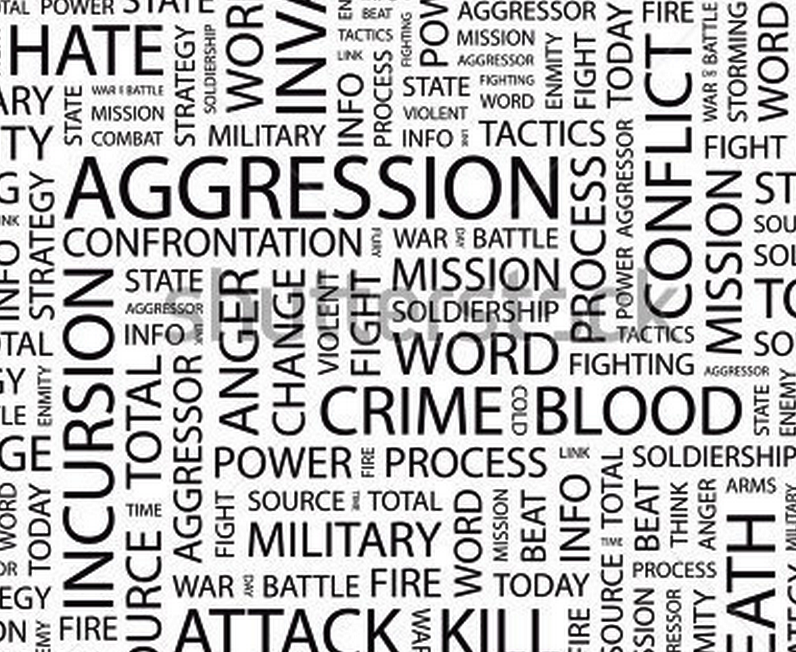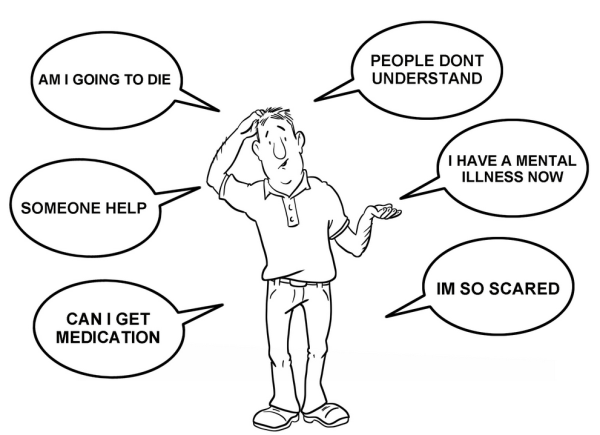Violence & Aggression | unwanted biological social interactions | Mental Health Help

 Mental Health Help and Understanding | We all have experienced aggression, witnessed violence to some degree, it is part of our nature / culture.
Mental Health Help and Understanding | We all have experienced aggression, witnessed violence to some degree, it is part of our nature / culture.
Violence is something that is also associated with aggression. As professionals in Mental Health, it is our obligation to better understand what, why, and how we can improve patient outcomes.
Here is some quality information to better understand the aspects surrounding aggression and violence from Julio Arboleda-Florez, MD, PhD, with the article originating from Psychiatryadvisor.com.
Aggression and violence are two terms that are used often together and even interchangeably so that, at times, it seems they may mean the same thing.
Aggression, is an adaptive response to basic biological needs or to social interactions during which an individual delivers something unpleasant to another person, either verbally or non-verbally.
Among humans, aggression could be either controlled-instrumental that is purposeful and goal-oriented, or reactive-impulsive that is usually associated with uncontrollable actions that are inappropriate or undesirable. Aggression, therefore, may not necessarily involve violence although, often, it may be a preliminary step to violent action.
Aggression also could be adaptive in regard to natural selection such as obtaining food or defending from predators, or it could be predatory in the sense of overcoming resistance from another individual of the same species, or of other species, for purposes of feeding. Among humans, aggression and violence are used as means to subjugate another person physically for purposes of theft, sexual violence or social dominance that enhances the esteem of the aggressor in the social group.
Whether purposeful and methodical, or explosive and instantaneous, violence could lead to its ultimate expression of horror: Homicide — the act of unlawfully killing another human being — also known as murder, the act of killing another person deliberately and not in self-defense or with any other extenuating circumstance recognized by law. Homicide derives from the Latin homo, “human being,” and caedere, “to kill.” Murder comes from the Old English word morthor meaning death.
 Among crimes, murder is unique because of the obliteration of the injured party, which obliges society to take a direct interest in the matter, in loco personae, by demanding reparation or forgiveness. In our present society, we take a major interest in murder to judge by our fascination with the subject in television, newspapers, movies, reams of books on the matter and magazines, some of which are even specialized or dedicated exclusively to issues of murder.
Among crimes, murder is unique because of the obliteration of the injured party, which obliges society to take a direct interest in the matter, in loco personae, by demanding reparation or forgiveness. In our present society, we take a major interest in murder to judge by our fascination with the subject in television, newspapers, movies, reams of books on the matter and magazines, some of which are even specialized or dedicated exclusively to issues of murder.
In regard to children, violent video games have led to a vigorous debate among researchers whose opinions remain divided as to whether such massive exposure to crimes of violence could lead to more aggressive and violent behavior. One study has suggested that adults, specifically parents, who suffer from post-traumatic stress disorder, may be more likely to expose their children to violent programs and video games.
Violence among children is at its worse around two to three years of age when it starts to decline. This fact seems to suggest that physical aggression is not only learned behavior and that development and socialization lead to learning and biological development of self-regulation. However, fear, family problems, neurological or conduct behavior disorders, psychological trauma and corporal punishment increase the potential for aggression among children. The Bobo doll experiment by Bandura (1961) found that children exposed to aggressive behavior by adults acted more aggressively than children not so exposed.
In general, men — and especially young men — display much more aggressive behavior than females. Males also commit the largest number of murders in any society. Studies indicate that females have a better control over their emotions than men and that they are less likely to retaliate violently, but do so by other means such as gossip, ostracism, breaking confidences and criticizing the victim's personality, appearance, or clothing.
Testosterone may be at the basis of these differences. It is a steroid hormone from the androgen group that is associated with the prenatal and postnatal development of the male gender and physique and is linked to more physical aggression. Thus, testosterone levels are related to aggressive behavior in several species and castration leads to a pacifying effect in animals and humans alike.
In most studies on the subject, testosterone has been found associated with antisocial behavior and alcoholism, and in male athletes, testosterone tends to rise shortly before matches.
Humans share aspects of aggression with other non-human animals, but shaped by genetics, development, social interactions, culture and morals. Konrad Lorenz, in his classic book On Aggression (1963), specified that human behavior is molded by four survival-seeking animal drives: Hunger, fear, reproduction and aggression aimed at achieving natural selection.
Aggression could also be considered as a means to gaining control over resources. Culture also is a major factor to understand aggression with major national differences in accepting and justifying its use. Fear (survival)-induced aggression could lead to pre-emptive strikes among individuals and even among nations.
Mutually assured destruction is credited as having contributed to the arms race, including development of spying satellites, just to make sure the other side does not develop weapons that would give an unfair advantage in case of conflagration. Thus, disingenuously, peace among nations is based on preparations for war.
Understanding the core behind displays of aggression that could lead to violence is very important to helping patients get proper diagnosis and treatment. Get the information you need to better your life and those around you, the more you know.


